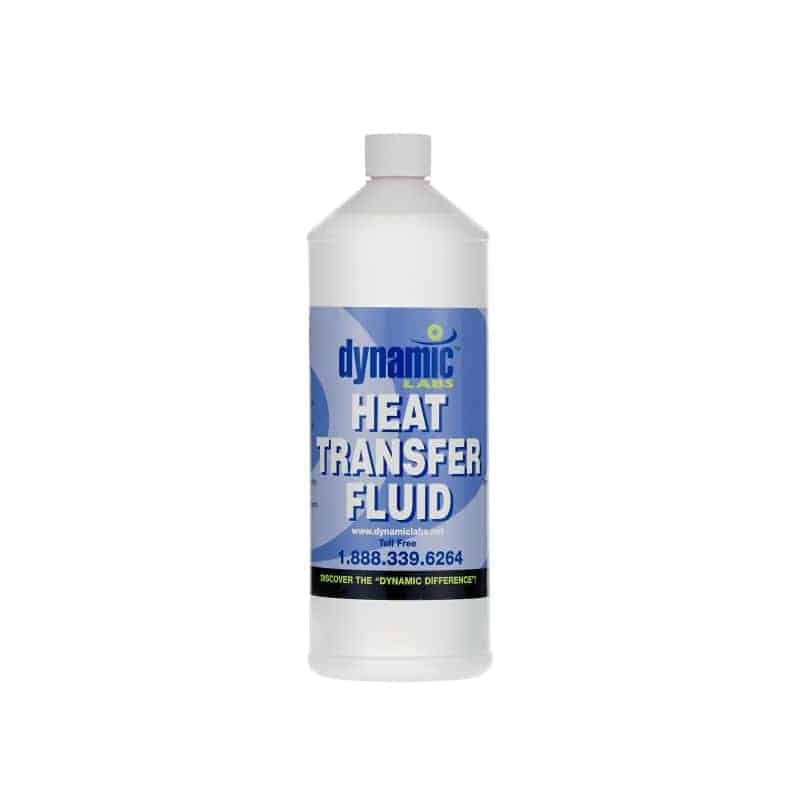How to Select the Best Heat Transfer Fluid for Your Heating and Cooling Equipments
Selecting the proper heat transfer liquid for home heating and cooling systems is a nuanced procedure that requires mindful consideration of several aspects. It is vital to examine the certain operational temperature array, as well as the thermal residential or commercial properties such as conductivity and viscosity that effect system efficiency.
Understanding Heat Transfer Fluids
Heat transfer liquids play an important duty in different commercial and business applications by promoting the transfer of thermal power. These fluids are vital in systems such as air conditioning, energy, and home heating generation, where effective thermal monitoring is essential for operational efficiency. The key function of warm transfer liquids is to absorb heat from a resource and transportation it to an assigned area, where it can be utilized for home heating or converted right into mechanical energy.
Warmth transfer liquids can be identified into a number of categories, consisting of liquids, gases, and phase-change materials, each serving details applications based on their thermal homes. silicone oil. Usual instances include water, oils, and refrigerants, which are picked relying on the temperature level array, pressure problems, and compatibility with system products
The efficiency of a heat transfer liquid can considerably influence the general efficiency of a thermal system. Elements such as viscosity, thermal conductivity, and details warmth capacity determine exactly how well a fluid can transfer warmth. Comprehending these features is vital for choosing the most appropriate liquid for a certain application, making certain optimal performance and reliability in industrial procedures.
Key Characteristic to Consider
Picking the appropriate warm transfer fluid needs careful consideration of a number of essential homes that influence efficiency and effectiveness. Primarily, thermal conductivity is vital, as it figures out the fluid's ability to move heat properly. Greater thermal conductivity typically leads to far better performance in cooling and heating applications.
An additional necessary building is viscosity, which affects the liquid's flow characteristics. A fluid with reduced thickness at operational temperatures will move more easily, minimizing pumping power requirements. Furthermore, the details warm capacity of the liquid plays an essential duty; a greater certain heat shows the fluid can keep extra thermal power, boosting system efficiency.

Sorts Of Heat Transfer Fluids
A range of heat transfer fluids are offered, each developed to meet particular functional needs and performance standards. The main classifications of warmth transfer liquids include water, natural fluids, and cooling agents.
Water is generally made use of as a result of its high heat capability and reduced cost, making it ideal for several cooling and heating applications; nonetheless, it has limitations concerning cold and steaming factors. Organic liquids, such as glycol mixes, use a broader temperature range and are less susceptible to cold, making them perfect for applications in cooler climates. These fluids can also supply much better thermal stability compared to water.
Refrigerants are developed for details applications in vapor-compression refrigeration and air conditioning systems. They have one-of-a-kind thermodynamic residential or commercial properties that allow effective warmth transfer at reduced temperatures. Various other specialized fluids consist of mineral oils, which are often utilized in high-temperature applications because of their thermal security and non-corrosive nature.
Picking the ideal warmth transfer fluid includes considering the operating temperature range, thermal properties, and system compatibility. By comprehending the kinds of liquids readily available, one can make enlightened decisions that boost system efficiency and durability.
Environmental and Safety Variables
When reviewing warm transfer liquids, it is essential to consider the environmental and safety and security factors connected with their use. The selection of a fluid ought to line up with regulatory requirements and minimize possible environmental effect. Fluids that are non-toxic, eco-friendly, and have low global warming capacity are liked, as they contribute to sustainability and lower liability in case of leaks or spills.
Security is an additional critical consideration; the fluid's flash factor, toxicity, and possibility for dangerous reactions need to be thoroughly evaluated. Liquids with high flash factors are usually much safer, reducing the risk of fire in high-temperature applications - dielectric cooling fluid. Additionally, the compatibility of the liquid with system products should be evaluated to avoid destruction, which can bring about leakages and potentially dangerous scenarios
In addition, proper handling and disposal treatments need to be plainly detailed. Using liquids that are simple to dispose and manage of can substantially decrease ecological dangers. By prioritizing these environmental and security elements, organizations can make informed choices that not only safeguard their employees and the environment yet likewise improve the general effectiveness and reliability of their heating and cooling down systems.
Application-Specific Recommendations
Understanding the specific needs of an offered application is necessary sites for choosing one of the most reliable warm transfer liquid. Various systems have special thermal needs, running temperatures, and fluid qualities that affect the selection process. As an example, in applications involving high-temperature settings such as concentrated solar power systems, synthetic oils or molten salts may be extra appropriate due to their remarkable thermal stability and warmth transfer efficiency.

In addition, industries dealing with corrosive substances, such as chemical handling, may require warm transfer fluids with improved deterioration inhibitors to lengthen system life and preserve performance.
Moreover, applications with strict environmental guidelines may gain from bio-based fluids or those with low poisoning accounts. By completely assessing these application-specific factors, designers can guarantee optimal performance, safety and security, and longevity of their heating and cooling down systems while adhering to regulatory conformity and sustainability goals.
Conclusion

Finally, selecting the optimal heat transfer fluid for heating and cooling systems demands a comprehensive assessment of different aspects, including functional temperature level array, thermal buildings, material compatibility, and my blog ecological security. An educated option inevitably boosts system effectiveness, decreases functional costs, and promotes sustainability. Focusing on these considerations makes sure the long life and performance of home heating and cooling systems, contributing to total performance in thermal administration applications.
The main read what he said feature of heat transfer fluids is to take in heat from a source and transport it to an assigned location, where it can be utilized for home heating or transformed right into mechanical energy.
The performance of a warmth transfer fluid can dramatically affect the overall efficiency of a thermal system. Elements such as viscosity, thermal conductivity, and particular warmth capability determine how well a fluid can transfer warm. In addition, the certain heat capability of the fluid plays an essential duty; a greater certain warm indicates the fluid can store extra thermal energy, improving system efficiency.
In final thought, picking the ideal warmth transfer liquid for home heating and cooling down systems demands a detailed evaluation of numerous aspects, including operational temperature variety, thermal homes, product compatibility, and environmental safety and security.
Comments on “The Role of Thermal Oil in Heat Transfer Systems”